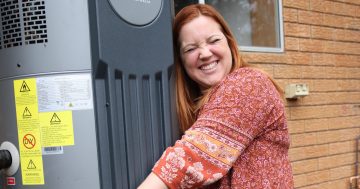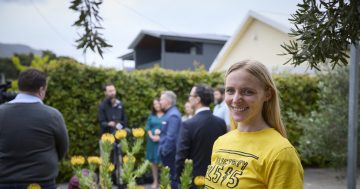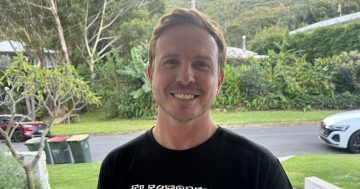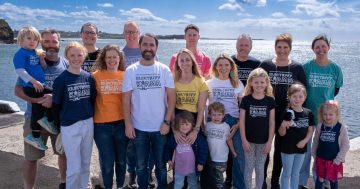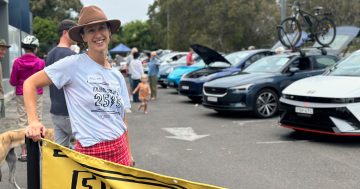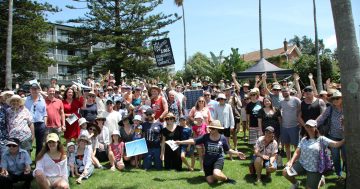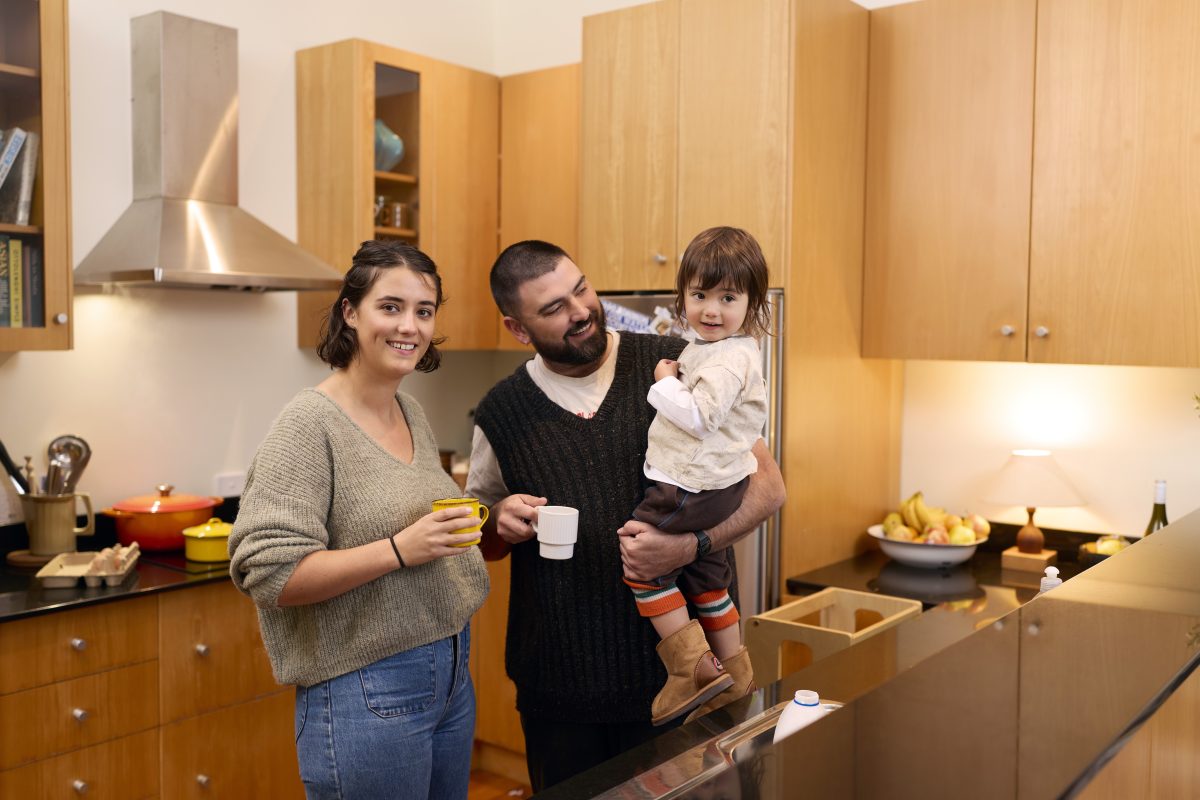
Electrify 2515 pilot participants such as Tosca, Billy and Chip have jumped enthusiastically onto the electrification bandwagon. Photos: Rewiring Australia.
The Illawarra is showing the rest of Australia what an all-electric future can look like, with stage one of the Electrify 2515 Community Pilot now complete.
Launched in 2024, the pilot is already proving that households are willing to rewire the way they live.
A new report assessing the opportunities and challenges from stage one of the pilot, which has electrified 60 homes, will help shape the rollout for a further 440 homes.
By the time stage two wraps up, the target of 500 homes is expected to be fully electric.
“The way this community is mobilising to reduce household emissions brings a whole new meaning to ‘people power’,” Rewiring Australia Co-Founder and Chief Scientist Dr Saul Griffith said.
“The pilot shows individuals and families are willing to make changes to their homes to use renewable, locally made energy. This community effort will help pave the way for energy resilient communities across the country.”
Unlike earlier studies that focused mostly on early adopters, the pilot is reaching beyond early adopters, deeper into the community. That broader participation is critical, Dr Griffith said, because it gives researchers real-world insights into what it will take to make efficient, low-cost electric living mainstream.
Participants in the program are eligible for subsidies to install modern, energy-efficient appliances — from induction cooktops to heat pump water heaters.
The pilot is supported by the Australian Renewable Energy Agency (ARENA) through its Advancing Renewables Program, with project partner Brighte coordinating accredited installers.
“What we’re learning from the pilot is invaluable for scaling home electrification across Australia,” Brighte Founder and CEO Katherine McConnell said.
“We’re seeing firsthand how critical it is to have streamlined processes that work for both homeowners and installers.”
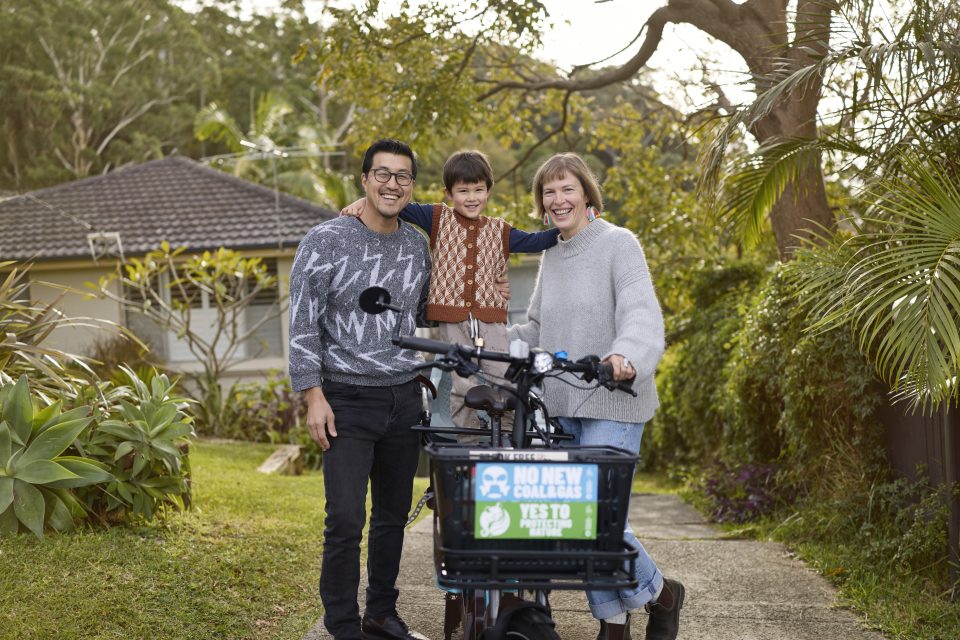
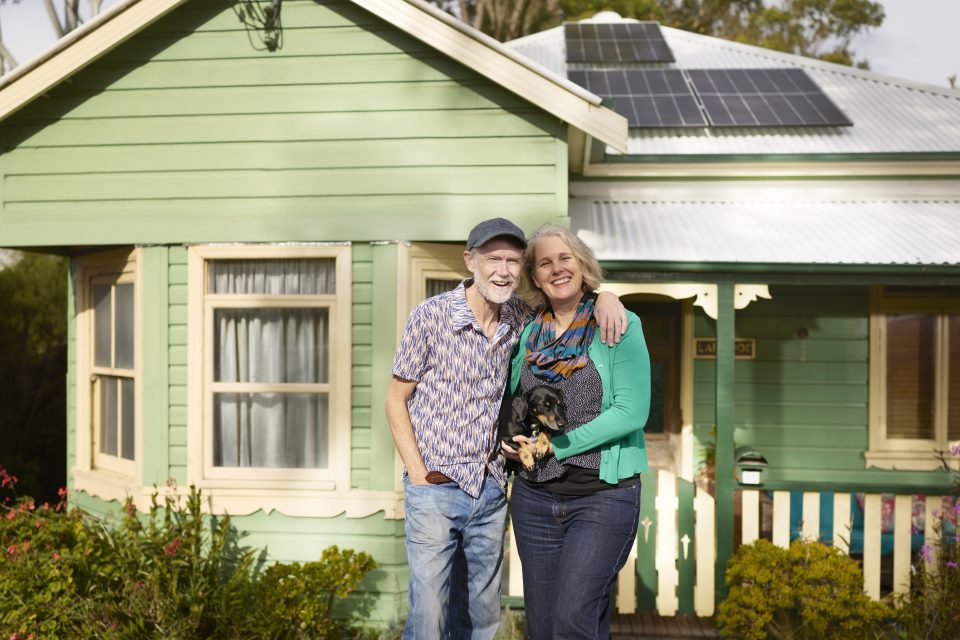
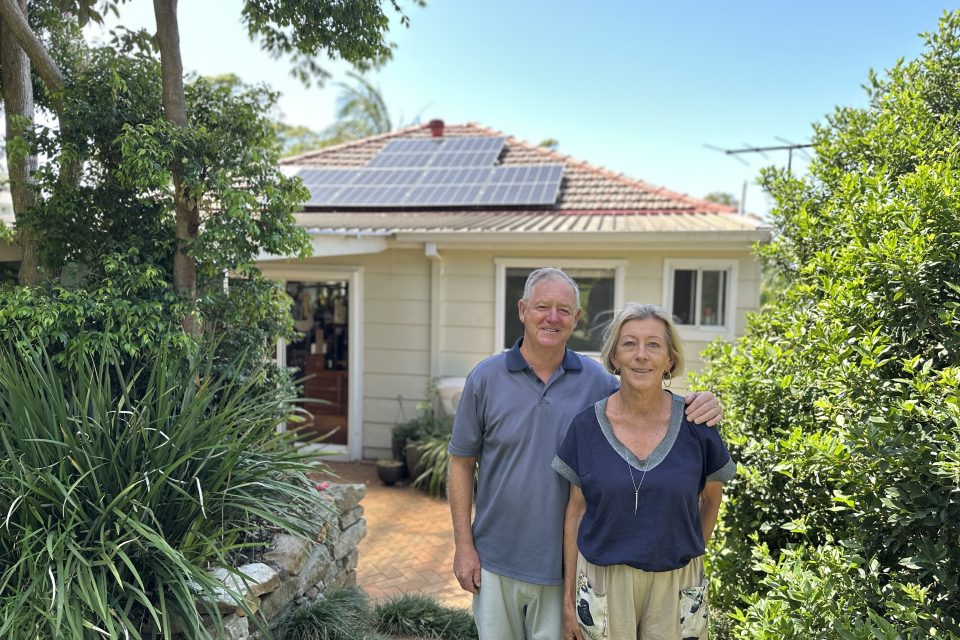
So far, 13 mostly local installers have been accredited to take part. Brighte is backing them with digital tools and financial solutions to help grow their businesses while assisting more households to make the switch.
Brighte Head of Enterprise Nigel Freitas said the installer network of local tradespeople was at the heart of the transition, and they were very happy to be part of the region’s electrification journey.
“Tradies are the unsung heroes of the clean energy revolution — driving the rollout of consumer energy resources into homes across Australia,” he said.
“The feedback we’re getting from local vendors has been very positive – not just because they can grow their business, but also because they are part of something new and innovative that is going to shape the future.”
He added that with demand from the pilot and expected uptake to come, businesses were scaling up operations by hiring more local talent and strengthening their pool of workers in the area.
“Electrification isn’t plug-and-play — it’s a whole new skillset, so training and upskilling have been key,” he said.
“Vendors are investing in their teams to support a broader range of appliances, while Brighte has delivered tailored training on pilot processes, best practice sales and managing complex, multi-appliance installations.
“One emerging challenge is product bundling — helping customers understand how combining technologies unlocks the full benefits of electrification. We’re exploring more tools and support to help tradies navigate these conversations.”
Electrify 2515 isn’t just about homes. Endeavour Energy, another key partner, has stepped up grid monitoring in the region to track how increased local generation and electrification impact the network.
Endeavour Energy’s Manager of Future Energy Strategy, Dr James Hazelton, said with more households moving away from gas and adopting batteries and electric vehicles, understanding grid behaviour was essential.
“This pilot is a valuable opportunity to understand how our electricity network can support widespread electrification as well as better forecast and adapt to changes,” he said. “By closely monitoring these homes, we’re gaining critical insights that will help us support a smarter, more resilient grid.”
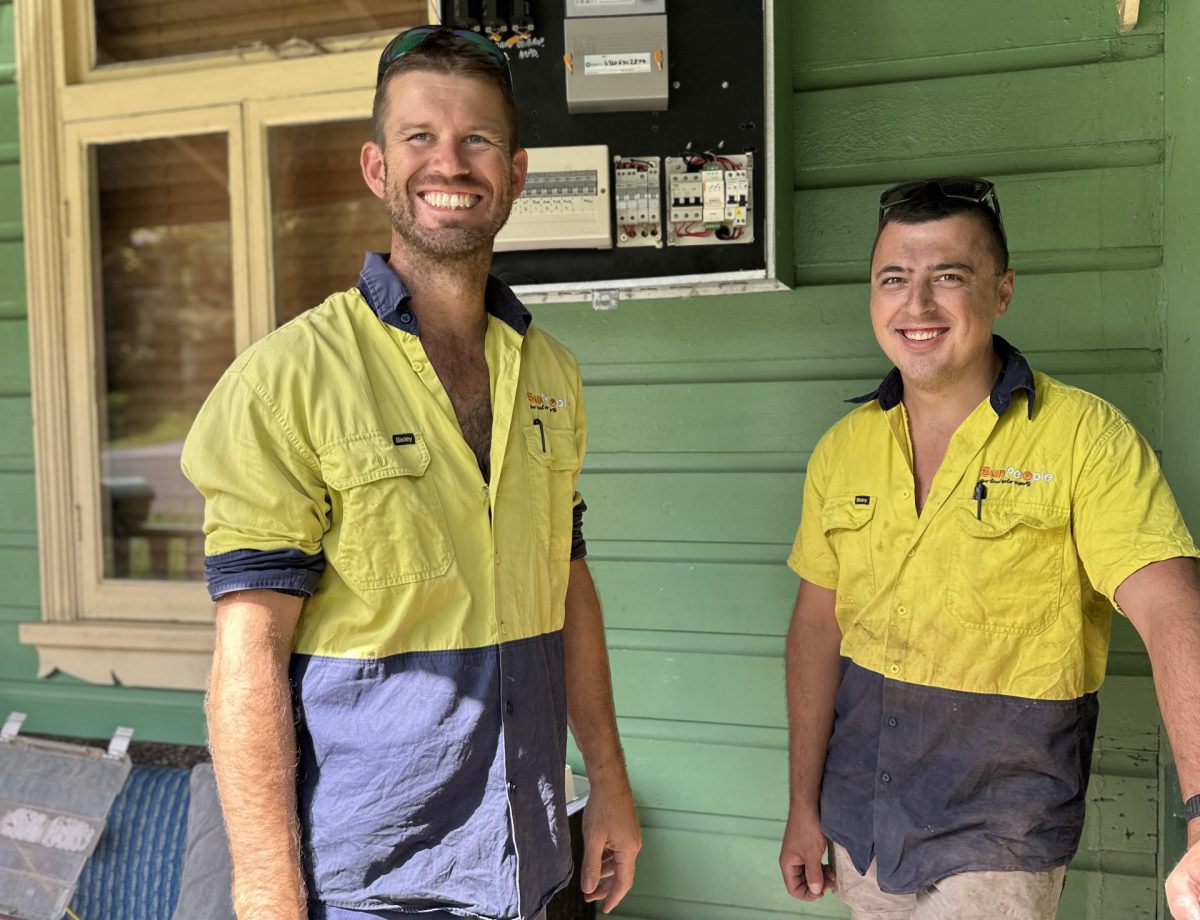
Local tradies such as Sun People electricians (pictured upgrading a switchboard) are on the ground making electrification happen.
Official offers for the stage two rollout of the pilot are expected to go out in the next few weeks.
Applications so far have come from a diverse mix of households, though participation from renters and landlords remains lower than their presence in the area.
Dr Griffith stresses this is an important gap to fill.
“We need more rental properties to participate — not only to help tenants reduce their cost of living, but also to ensure the research reflects real barriers like the split incentives between tenants and landlords,” he said.









